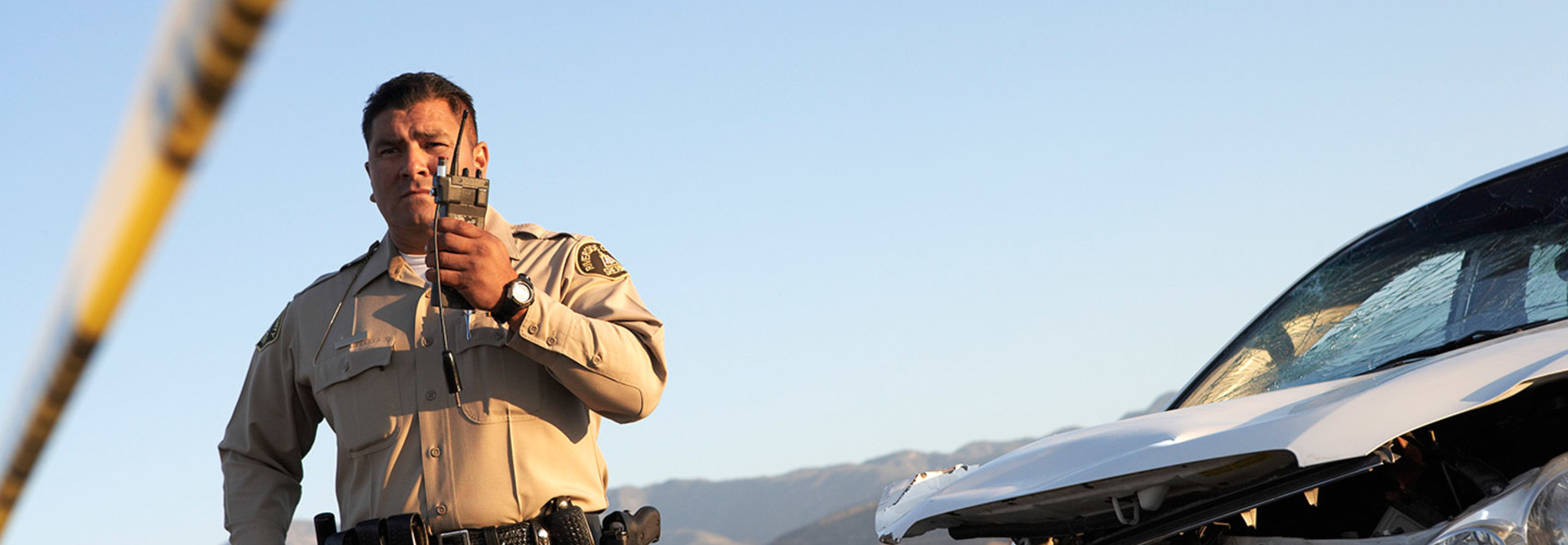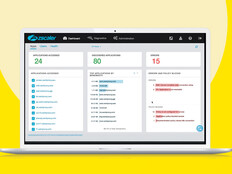DHS Wants to Halt Signal Jamming for First Responders — but It’s a Tough Task
It’s everyone’s worst nightmare: An emergency arises, and you need to call the police, fire department or Emergency Medical Services. They race to respond, communicating with dispatchers and first responders. But what if their radios don’t work properly? Even worse — what if their radios are being jammed?
Signal jamming refers to interference in the radio frequency spectrum from intentional or unintentional sources, according to Sridhar Kowdley, a program manager in the Department of Homeland Security’s Science and Technology Directorate. Unintentional sources can range from solar flares to microwaves, incorrect programming and even baby monitors. However, there are numerous illegal devices that can specifically interfere with first responders’ radios.
DHS has been working with local first responders and other federal agencies to identify, train for and work around jamming, which DHS and the Federal Communications Commission have been warning about for several years. Jamming can harm public safety and slow down first responders, so DHS is trying to do all it can to stop the phenomenon, especially intentional jamming.
The Threat from Signal Jamming
According to the FCC, it is against federal law to use “cell jammers” or similar devices designed to intentionally block, jam or interfere with authorized radio communications (e.g., signal blockers, GPS jammers or text stoppers). It is also unlawful to advertise, sell, distribute or otherwise market these devices to consumers in the United States.
“These devices pose serious risks to critical public safety communications, and can prevent you and others from making 9-1-1 and other emergency calls,” the FCC notes. “Jammers can also interfere with law enforcement communications. Operation of a jammer in the United States may subject you to substantial monetary penalties, seizure of the unlawful equipment, and criminal sanctions including imprisonment.”
During a Facebook Live event in late May, Kowdley noted that jamming devices are inexpensive and can be easily brought into the United States from countries where their sale is legal. As a result, signal jammers might become “more prevalent and more pervasive,” he said, according to Nextgov.
In July 2016, DHS held an event for first responders and communications technicians from across the country to explore the effects of radio frequency interference on emergency communications. The exercise provided attendees with firsthand experience dealing with intentional interference in operational situations, and it spurred discussions of how to counter interference through improved communications procedures, according to DHS.
In a video about that event, Kowdley noted that DHS tested land mobile radio systems in a variety of frequencies as well as Bluetooth, Wi-Fi, drones and the capability of using other systems besides GPS for geolocation. The exercise aimed to help first responders react to jamming and address vulnerabilities in their radio systems.
“If you have several [signal] bars, but you can’t talk, if you have multiple things that don’t work — GPS isn't working, something else isn't working — maybe you're being jammed,” he said during the Facebook Live event in May.
Jamming incidents often go unreported, according to Kowdley, who added that DHS still does not know how often first responders have to deal with the issue. “Our first responders ... are very resilient, they’re flexible,” he said, according to Nextgov. Instead of stopping to say, “‘Hey, my radio doesn’t work,’ they’re not going to stop doing their job.”
Working on Solutions to Jamming
DHS is working on the issue with multiple state and local authorities, as well as with the FCC and the First Responder Network Authority (FirstNet), which signed a contract with AT&T to build a nationwide, interoperable broadband network for first responders.
The end goal is that “a police officer or a fireman or EMS, anybody who reaches for their radio would feel confident that they have communication” capabilities and enough bandwidth, Kowdley said during the May event.
From July 16 to 22, DHS will hold a follow-up event to the New Mexico exercise, called “JamX 17,” at the Energy Department’s Idaho National Laboratory. It will feature nearly 350 attendees from 108 agencies across the country, according to the website FireHouse.
The Idaho event, the site reports, “will involve simulating upwards of 70 to 80 scenarios to help educate first responders on some of the problems that can arise with their communications — both natural and intentional. The simulations range from traffic collisions to biohazard and terror events.”









